First published in 1991, Mughal Architecture: An Outline of Its History and Development (1526-1858) is a comprehensive study of the whole range of Mughal architecture, including such famous building as the tomb of Humayun in Delhi, the Taj Mahal in Agra, and the palaces and mosques in Agra, Fatehpur Sikri, Delhi, Kashmir, and Lahore. A classic study of one of the most important building styles of world architecture, this volume provides a succinct analysis of building types, architectural elements, gardens, and cityscapes in their historical contexts, giving due consideration to their ideological and symbolic significance.
The author provides a richly illustrated survey of the history of Mughal architecture and the various traditions, Central Asian Timurid, Indian, Persian, and European, which were fused together to create a universal style, characterized by a clear rationality and aesthetic appeal. The numerous photographs and measured scale and drawings of many of the buildings that have never before been surveyed, are the result of the author’s pioneering fieldwork in India, Pakistan, and Bangladesh, as well as in Central Asia and Iran.

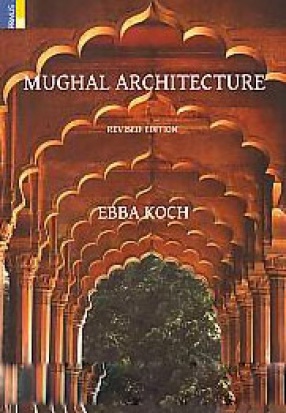
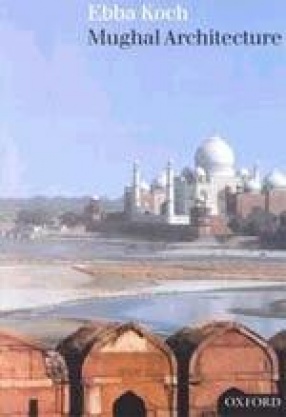
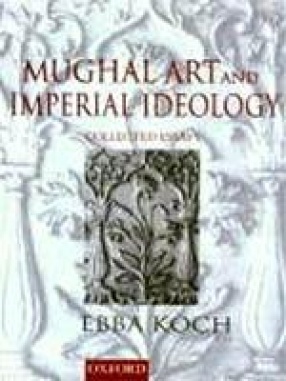
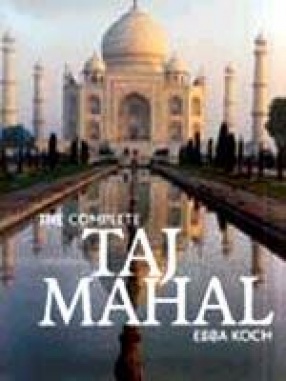

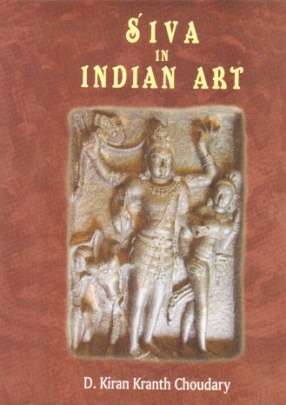

There are no reviews yet.